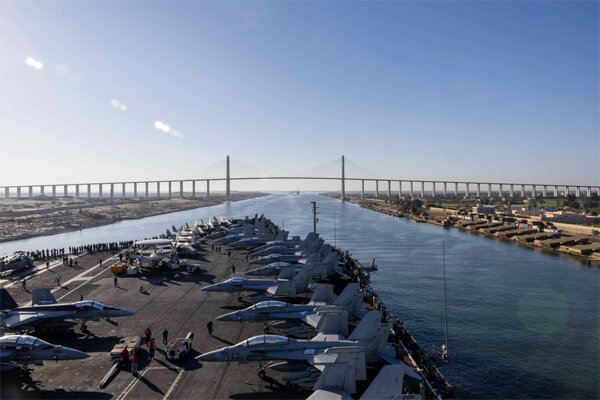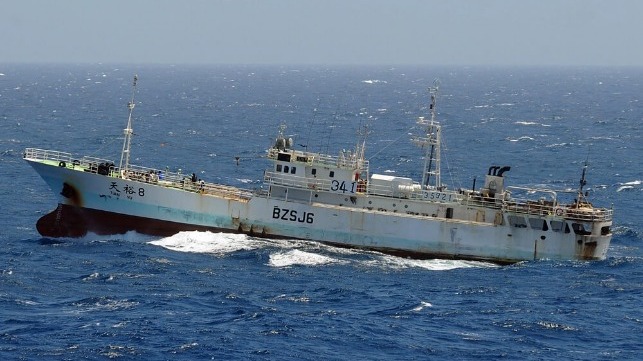Norway Awards $100 Million to Advance Ammonia, Hydrogen, and Electric Ships

The Norwegian government through its Enova SF project designed to accelerate environmental-friendly technologies awarded a total of approximately $108 million in funding to 14 projects for ammonia, hydrogen, and battery-powered ships and the supporting technologies. The awards were part of the latest round in ongoing programs conducted by Enova designed to ensure the shipping industry is focusing on and accelerating the shift to future fuels.
The government strongly supports these programs. Enova highlights its funding has nearly tripled from $290 million to over $800 million annually since Jonas Gahr Støre became Prime Minister in October 2021. In 2024, Enova supported a total of 24 vessels that will use hydrogen (11 vessels) or ammonia (13 vessels) as their fuel. Further, the organization reports it will run its next round in March 2025 and plans calls for two rounds each in 2025 and 2026 focusing on ammonia and hydrogen programs.
There was a strong response to the just completed round with Enova reporting it received a total of 31 applications split between the calls for hydrogen and ammonia. Nine applications were granted for those programs and a further five for electric vessels.
Nearly $83 million was awarded for ammonia and hydrogen projects to companies. Among the ammonia projects were Eidesvik Shipping (supply vessel), Norbjørn (cargo vessel), DOF Group (supply vessel), Aurora Offshore (supply vessel) and Grieg Ammonia (bunkering and distribution vessel). Cruise Service AS was awarded nearly $15 million for two hydrogen-powered passenger vessels.
MS Green Ammonia under development by Greig Edge was awarded approximately $7 million of the total of $68 million awarded to ammonia projects. Greig highlights it continues to make progress on the project which started in 2021 and would be able to carry up to 5,000 tons of ammonia per trip acting as both a distribution and bunkering vessel. It is designed to operate either ship-to-ship or ship-to-terminal and would be powered by ammonia for up to 85 percent of the ship’s energy needs. It will also use batteries and shore power along with wind-assisted propulsion. Green ammonia is projected for delivery in 2028.
Aurora Offshore said the more than $20 million it was awarded is a significant step towards the realization of the newbuilds. It is working to secure commercial commitments and support a newbuild project for ammonia-powered platform supply vessels.
Ennova highlights these projects are part of its goal to demonstrate hydrogen and ammonia as zero-emission solutions for the maritime industry. It is working to support establishing the first functioning value chains for hydrogen and ammonia in Norway. To that end, in November it also awarded support to five projects of hydrogen production. They said this will help to ensure hydrogen becomes available as a fuel along the Norwegian coast.
Norway is also supporting elect vessels awarded five projects a total of approximately $25 million in this round. Enova reports it received 29 applications for electric projects and issued awards to Salten Shipping, K Saetre Rederi, and Nidarø each for bulk shipping vessels. The Fjords also received an award for a passenger vessel and Nova Sea for a workboat. To support the development of electric charging facilities, Enova also awarded approximately $3 million to Plug for stations in Austvika and Tomma.
In addition to the next round for ammonia and hydrogen, Enova also plans another round for electric vessels. It will have a deadline of March 2025 and the organization says it will be working with all the applicants from this round to encourage them to continue to submit in future rounds.















